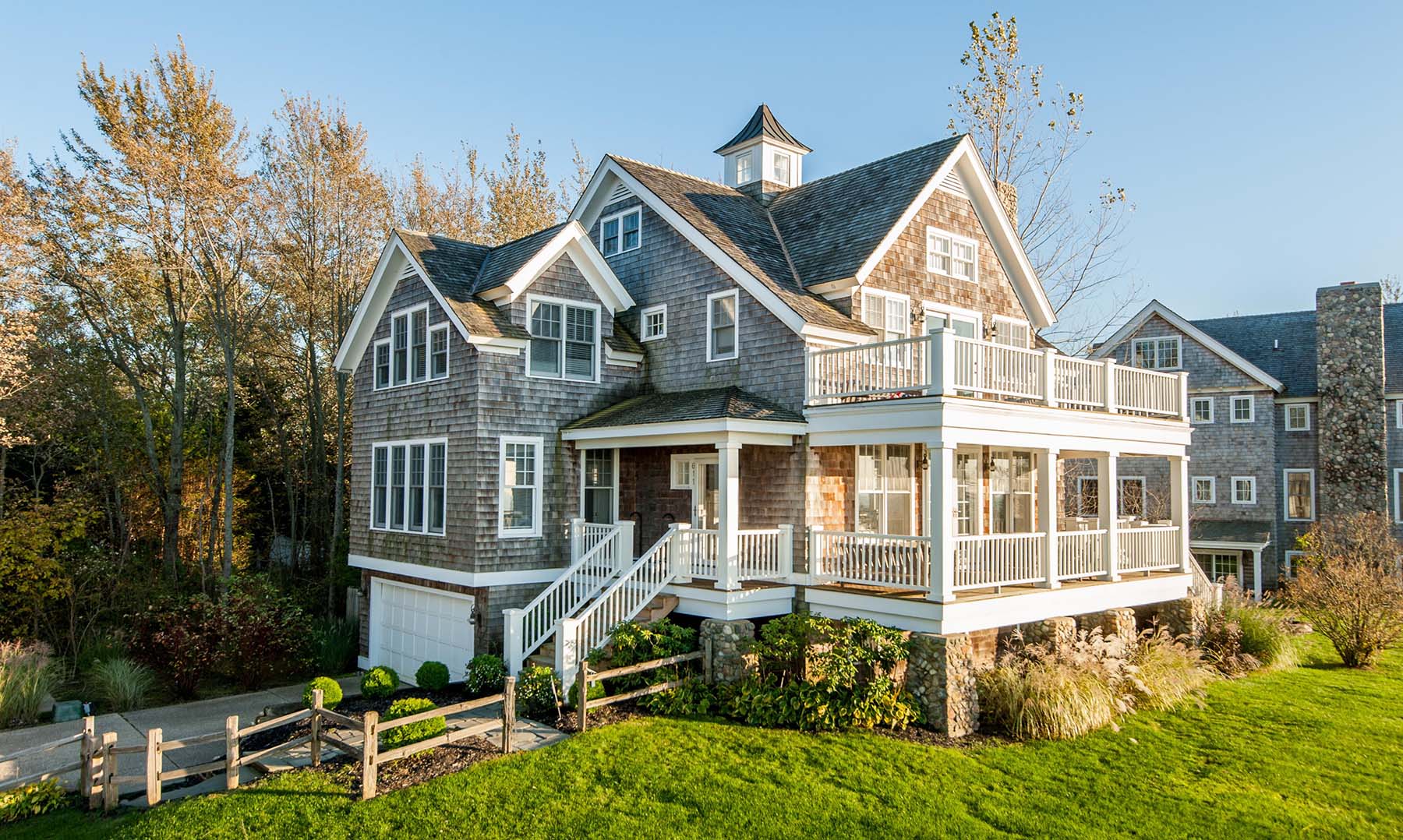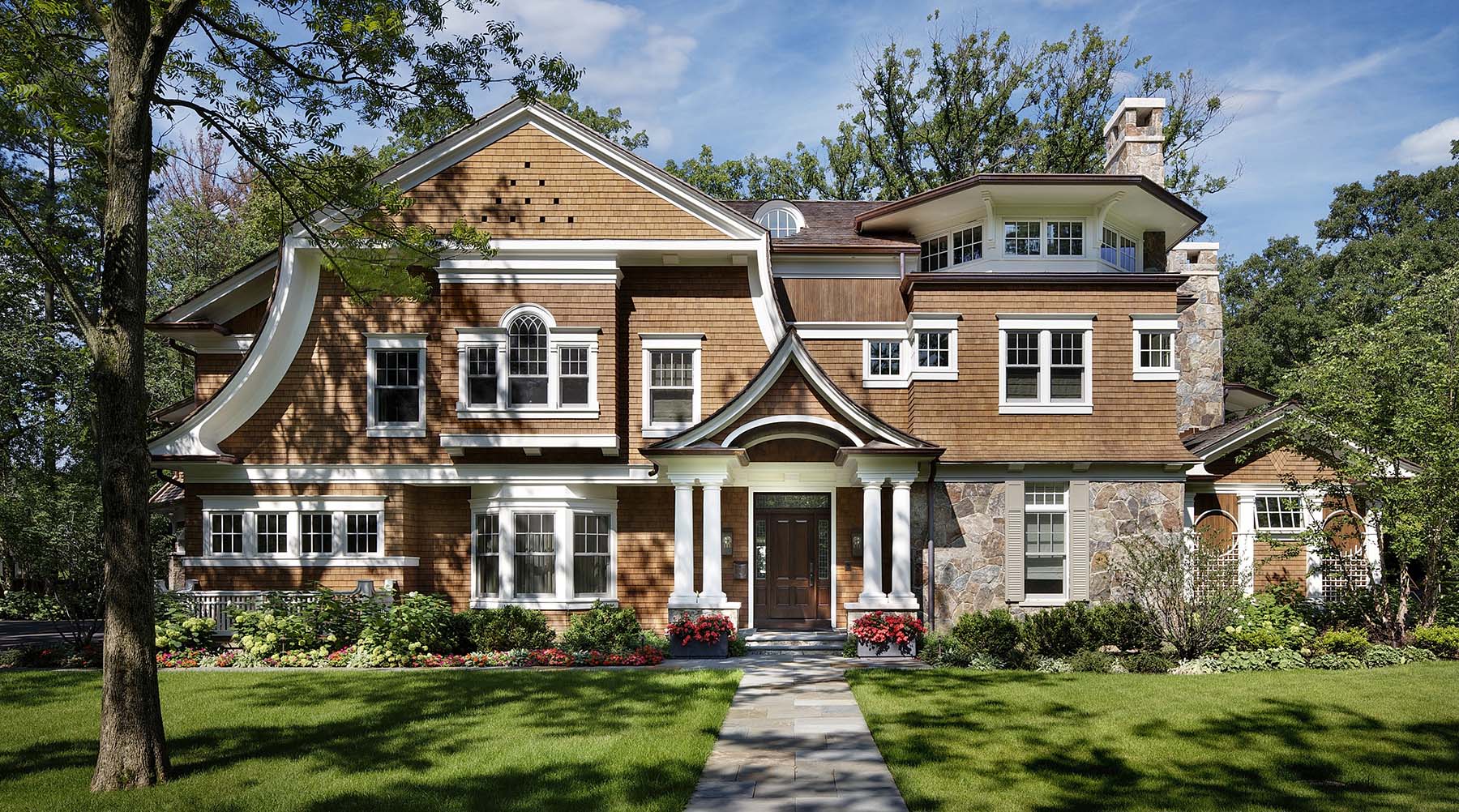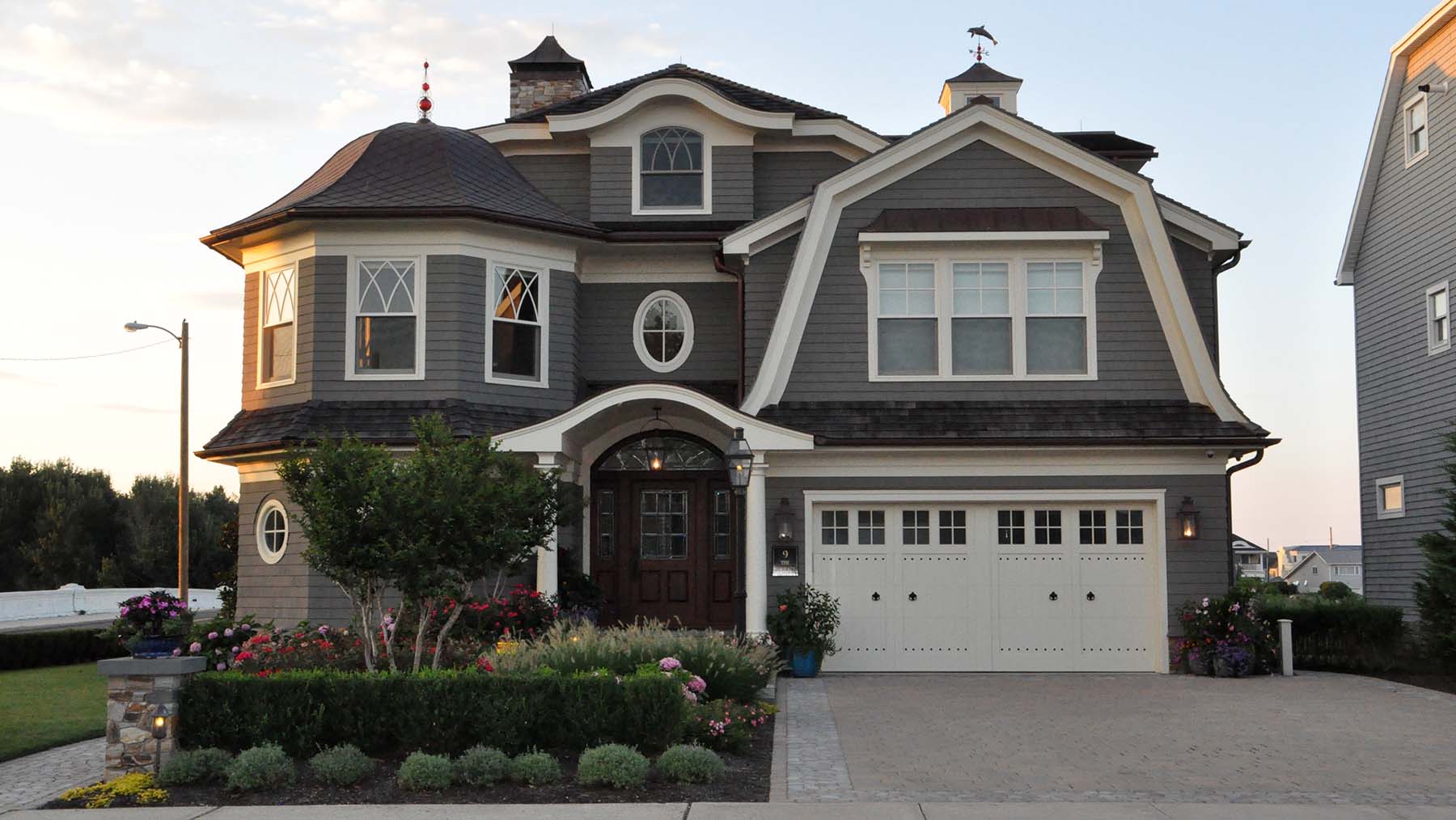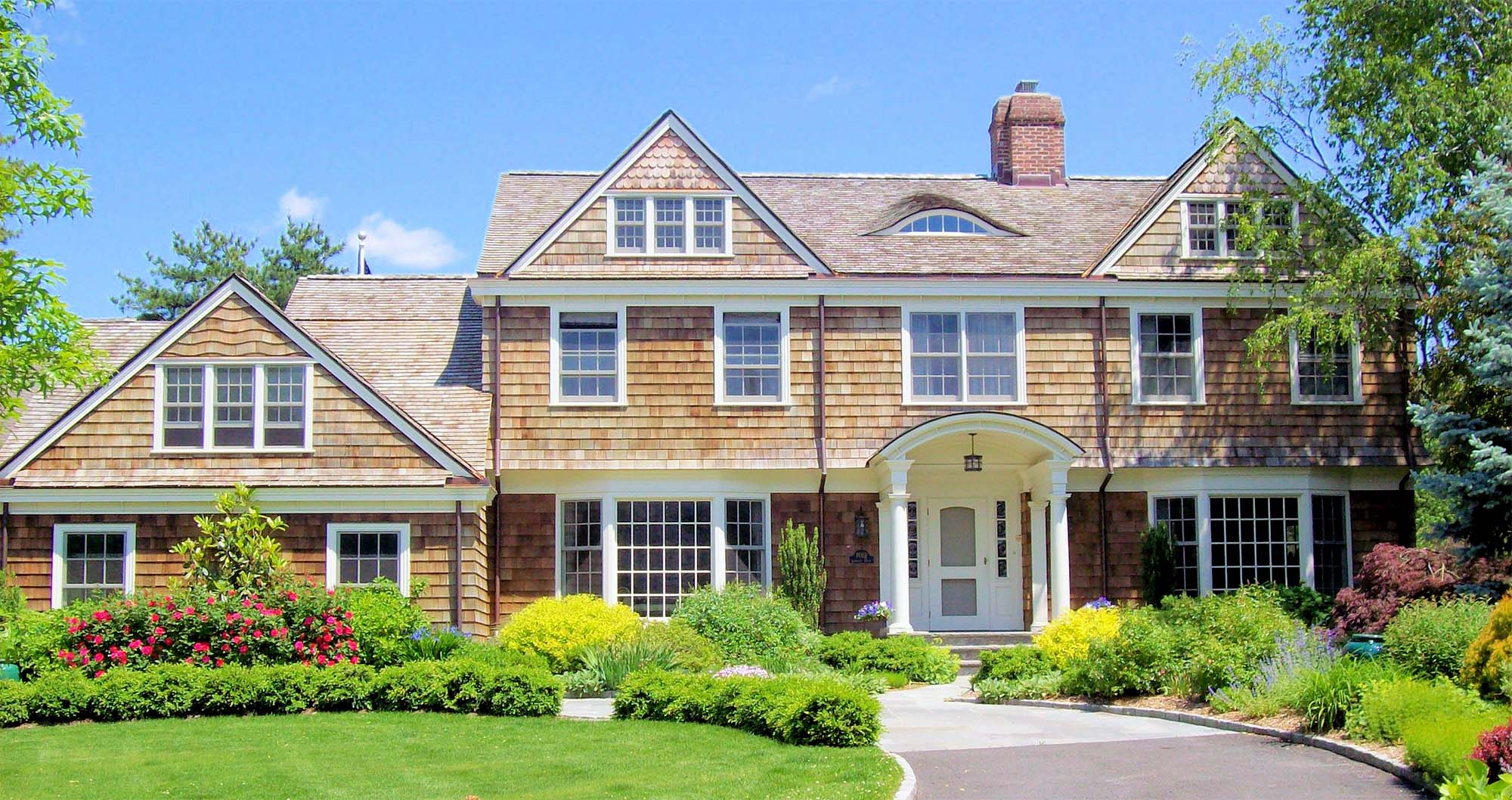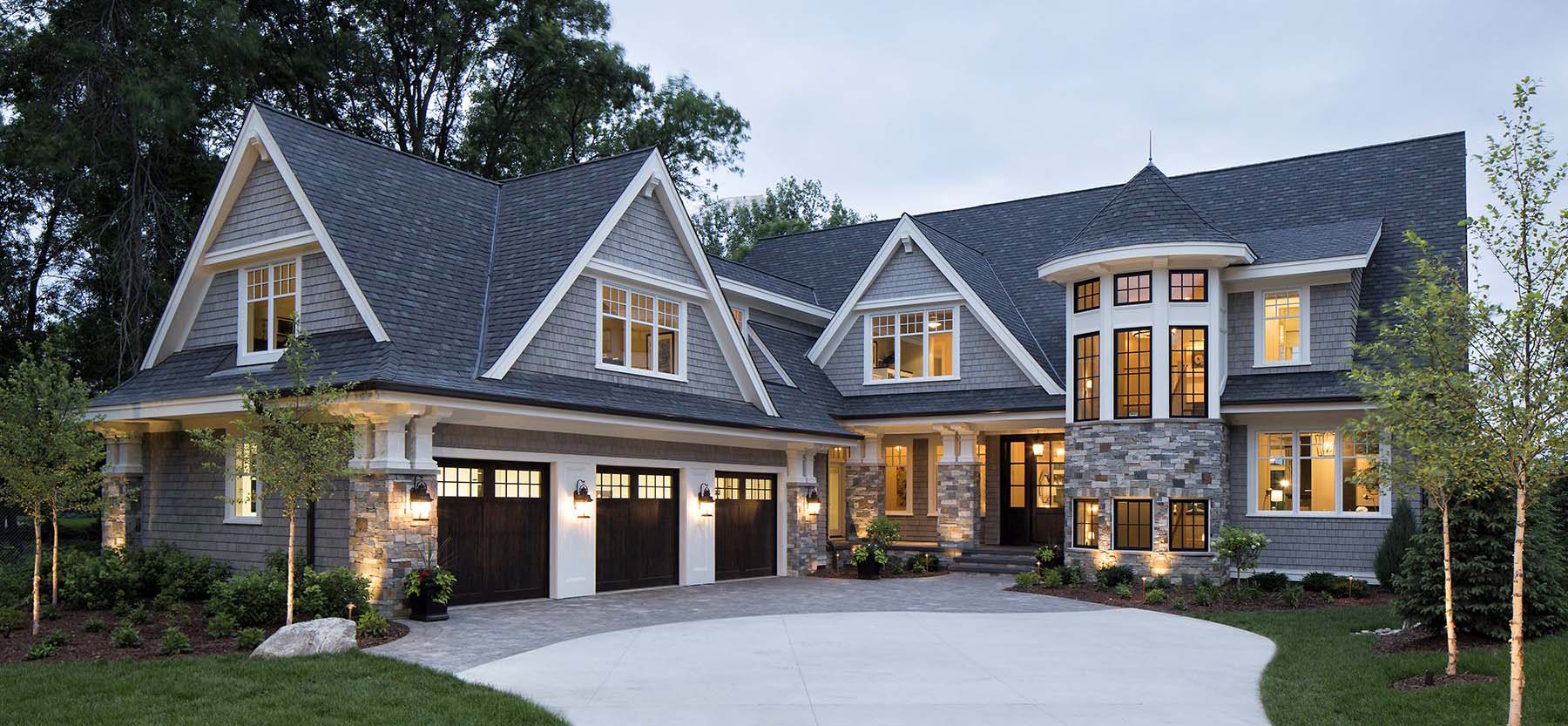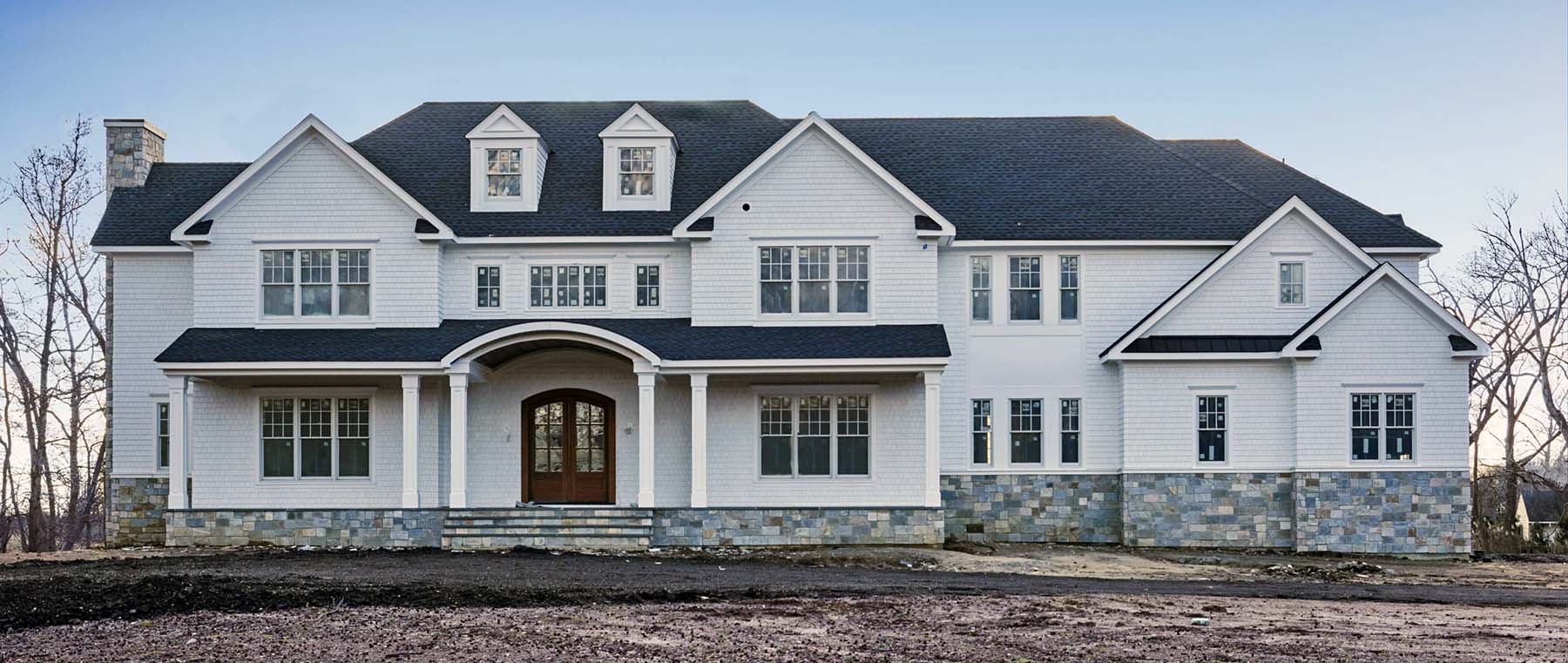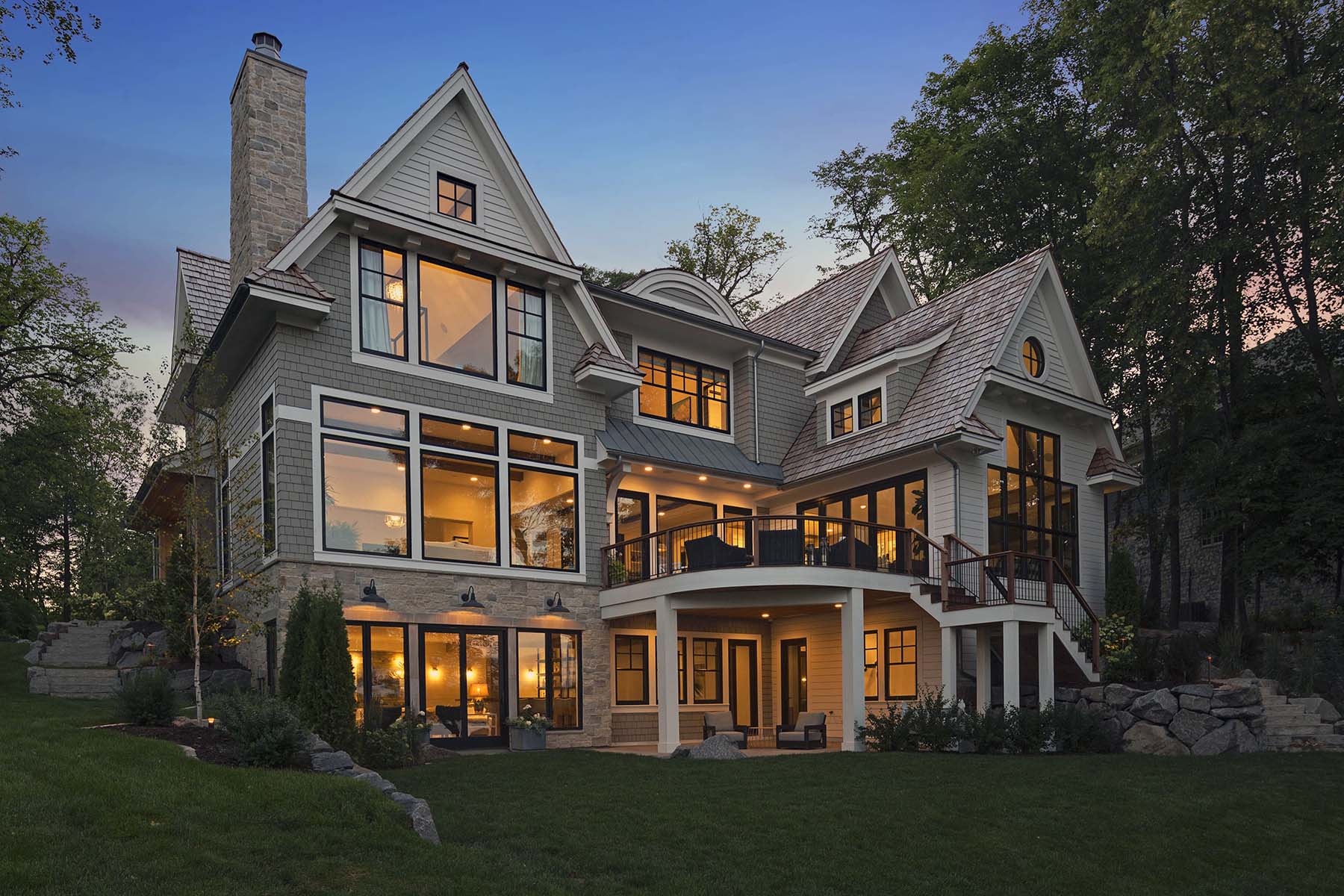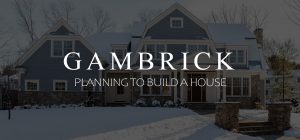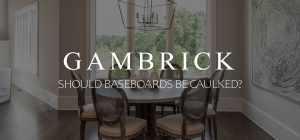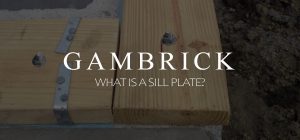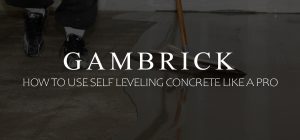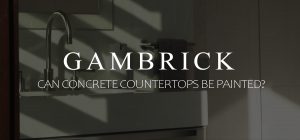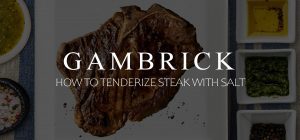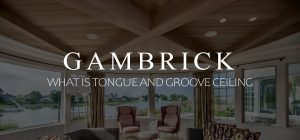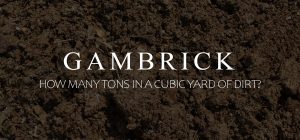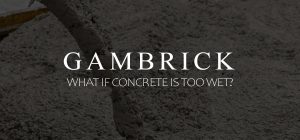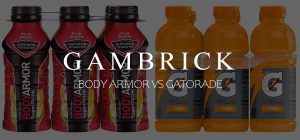What Is Siding?
What is Siding? Siding is any material that’s installed on the outside walls of a home or residential style building. It protects the home by keeping the elements out. Siding creates a water tight barrier on all the outside walls around the entire home to prevent rain, snow, and harsh winds from seeping into your house. Siding also has other jobs like keeping dirt, moisture, and insects out. Nothing damages a home quite like water will so keeping it out of the house is super important. When most people think of siding they picture vinyl, wood or fiber cement, which are the most common types. However there are other types of siding.
While builders know that siding is important to the health and durability of a home, it’s how that siding is installed that really makes a difference. Siding does a great job at keeping out the elements and protecting the home but only if it’s installed correctly. Poor siding installation is by far the leading cause of water damage we see in homes. When the siding isn’t installed properly water gets in and causes all sorts of damage including, mold, mildew and rot.
Siding does a lot more than just protect the home. It’s also a huge part of how the house looks and vital to your home’s curb appeal.
Real wood cedar shake with white trim and real stone
What Is Siding Used For?
What is siding used for? Siding has several important jobs starting with its functional value to the home. Building a house that looks great is important to us. But building a home that’s safe and built to last generations is our #1 concern. After we frame a new home, it’s sheathed with plywood. Plywood isn’t moisture resistant so we install a layer of house wrap which creates a waterproof barrier around the entire home. In the past this was done with tar paper but today we use products like Tyvek or Blue Skin.
House wrap is a good moisture barrier but it’s very flimsy, needs to be protected, and can’t keep the elements out all on it’s own. Siding such as vinyl, aluminum, wood or fiber cement provides this final layer of protection and is installed right over the moisture barrier.
Choosing the right product for your home is an important decision that should be considered carefully. Some types are more durable than others. While some offer better aesthetic value. And they’re all sold at a different price point. Even within the same type, for example vinyl, you’ll find low, mid and premium grade products to choose from.
What Is Siding Underlayment?
What is siding underlayment? The layer commonly referred to as the underlayment is the waterproof barrier between the siding and sheathing. After a house is framed we install plywood sheathing. Sheathing is wood which isn’t moisture resistant so we protect it with a layer of thin house wrap. The wrap acts a moisture barrier keeping any water that gets behind the siding off the house. In the past builders used tar paper as a house wrap but today we use new products such as Tyvek or Blue Skin.
Once all the paper has been installed we tape the seams with special water resistant tape. We also tape around all the windows and doors. This entire process is referred to as the underlayment.
Cedar shake impressions with Azek trim, wood accents and real stone
What Is Siding Made Out Of?
What is siding made of? There are a bunch of different siding products on the market today. Each has different pros vs cons and different price points. They all look different and have different levels of durability and maintenance requirements. Choosing the right siding is super important and not an easy decision to make. The most common types are made out of vinyl, wood, fiber cement and metal.
The most common thing homeowners do is use all one type of material on a house but there are some designers who use multiple kinds. For example fiber cement with metal accent or wood with fiber cement.
Here’s some basic info about what is common siding material:
Gray vinyl with Azek trim and real stone, dark brown entry door with white garage
Vinyl Siding Material
Vinyl siding material is by far the most common type of siding used here in NJ. It’s tough, affordable and comes in a bunch of colors and styles. Because the color in vinyl siding is throughout the material, nicks and scratches don’t show up as much. Vinyl siding even does a good job of mimicking the look of real wood grain lap siding, wood shingles called cedar impressions.
Vinyl siding is super easy to install. It’s a light weight siding material and, in some cases, can even be installed directly over existing materials, so it’s a good remodeling option. Because it’s so easy to handle, vinyl installation can be installed quickly which saves on labor costs.
Prices will vary quite a bit with vinyl siding products and quality makes a big difference. Cheap low grade vinyl is thin, easier to damage and doesn’t have as much color all the way through. However premium grade vinyl is much thicker, much more durable and has good coloring from front to back. Premium grade vinyl also looks a lot better than the cheap stuff, comes in more styles and a lot more colors.
Relatively new to the market, insulated vinyl siding material features a layer of polystyrene foam. This additional foam layer provides an insulating value of R-2 to R-6. Insulated vinyl siding material is one of the things that can help a house achieve Energy Star certification. Expect to pay about 15 percent more for insulated vinyl siding vs. standard.
Pros:
Vinyl siding material requires little or no maintenance. Clean off dirt by simply washing it off. Never needs repainting because it’s not painted. Vinyl on average is less expensive when compared to other siding materials. Premium brands offer great warranties, resist fading and are very durable. Easy to install. Looks great and does it’s job at protecting the home from the elements.
- Vinyl is durable and typically covered by a 30-40 year warranty
- The color options are huge
- It’s a versatile material that can be textured like wood without the disadvantages of the real thing
- Simple and easy to clean, vinyl just needs a hose, soap and water
- Wide range of quality options
- You can even get insulated vinyl if you live in colder climates
- Insulated vinyl can raise your R value from 2 – 5.5
- Vinyl is the overall cheapest option
Cons:
Vinyl products are generally considered a cheaper option that fiber cement or wood although premium brands are changing that opinion every day. Cheap vinyl siding damages easily and fades badly. Can be hard to repair just a single piece, especially with older siding as the color won’t match the new stuff and you can’t paint or stain it to match.
- Although it’s water resistant it is not waterproof. Poor installation can lead to water seeping behind the paneling which leads to all sorts of issues
- It can warp and buckle under extreme weather conditions
- Your color choice is permanent. Unlike other siding that can be repainted vinyl’s color is permanent
- Can dent or crack due to impact
Green meter:
The same stuff that vinyl siding is made out of, PVC, will last for centuries in a landfill. Although many vinyl siding manufacturers claim that the siding is readily recycled, not many recycling centers take PVC so it generally ends up getting thrown in a dumpster and taken to a landfill. Manufacturing PVC can produce toxins.
Cost:
It depends on the type and brand of vinyl siding you choose. Cheap products from Home Depot are the cheapest siding on our list however premium brands like Certainteed Impressions or insulated siding is as expensive as fiber cement or wood. Installation varies as well. Standard horizontal lap vinyl siding is cheaper to install than the cedar impressions. Overall vinyl siding is considered the cheapest of all the siding types.
Real wood cedar shake with Azek trim and copper gutters
Wood Siding
Few siding materials have the natural beauty of wood. Prized for its undeniable charm, wood siding is a high end siding choice with a high cost and even higher maintenance requirements.
Wood siding material comes in a variety of species, styles, sizes, shapes and grades. Which type you choose usually depends on how you plan on finishing the siding. Using a clear sealant or semi-transparent stain brings out the wood’s natural grain, but you’ll need a premium stain grade wood that’s free of knots and other blemishes. Less expensive grades are great for paint or opaque stains because you won’t see the grain and imperfections anyway.
Exotic hardwoods like Ipe and also used as siding. They weather much better than most woods so you can either seal them, stain them, or do nothing at all. Exotic hardwoods are one of the only types of wood that doesn’t require long term maintenance. Provided you don’t mind the wood turning gray that is, because that’s what happens when you don’t maintain it. Hardwoods like Ipe also require an addition underlayment called a rain screen behind them. It’s a beautiful siding option but definitely not cheap.
With regular maintenance wood can last just as long as vinyl or fiber cement products. Clear finishes should be reapplied on average every two years. Semi-transparent stains every three to four years. Paints every five to seven years. These are all average timelines of course. It really depends on what type of paint or stain you use. Premium products last longer. Also the weather where you live, average temperature, rainfall and amount of sun your wood siding gets. This kind of maintenance adds up so if you decide to use wood expect long term costs to come with it.
Pros:
Wood is a great looking material that’s never going out of style because of its timeless natural beauty. Considered a high end siding. Does a great job at protecting the home from the elements. Wood siding has been around for centuries. Easy to repair.
- Easy to repair
- The most green siding you can find on the market.
- Wood can be stained and painted in a near limitless amount of colors
- Wood has a natural R-Value of around .8 making it more energy efficient than other types of non insulated siding
- It’s lightweight feature makes it faster and easier to install
- Easy to work with
- A high end product
Cons:
The cost of both materials and installation is expensive as well as high priced long term maintenance requirements. Horrible in a fire.
- Expect lots of long term maintenance unless you buy certain types like cedar or Ipe
- Wood is a favorite target of insects
- Long term maintenance is expensive
- Does horribly in a fire
Green meter:
Wood siding is a highly sustainable material that breaks down easily in landfills. Wood siding is the most green siding option on the market. Stains and paints are a different issue so if being green matters to you choose your finishes carefully.
Cost:
Wood siding material has the highest cost of any siding type.
Gray fiber cement with white Azek and dark brown wood doors, real stone
Fiber Cement Siding
Fiber cement siding has earned a reputation for durability with a medium amount of maintenance required. It’s considered a high end siding product that both looks great last a long time. However because it’s a painted product it requires re-painting every 5-7 years.
It’s a man made product from a mix of wood pulp, cement, clay and sand. It can be molded to mimic wood clapboard, shingles or large flat panels.
Fiber cement siding is available unpainted, allowing you to paint it any color you want on site, or with a factory applied finish.
Because it comes in such a wide variety of shapes and styles ranging from cedar shake to large panels, fiber cement looks great on a wide variety of home styles. We use it on everything from rustic to more traditional styles and even ultra modern.
Pros:
Fiber cement siding material resists expanding and contracting with changes temperature so caulk and paint hold up really well. It’s fire resistant, pest proof and it won’t rot. A 30 year warranty is the norm. It looks beautiful and is considered a high end siding product. Does a great job at keeping out the elements.
- Get the look and feel of real wood with added durability and resistance to insects
- Fiber cement is extremely fire resistant with a class 1A fire rating
- Not prone to rot or decay as well as having a natural resistance to salty air which is great for coastal areas
- Easy to clean with soap and water
- Very versatile. It comes is a wide range of styles and sizes
- Color options are near endless because it’s painted
Cons:
Fiber cement material is heavy and installation requires special techniques and tools that add to the cost. Not every siding company is qualified to install fiber cement. Finding a siding contractor with experience installing fiber cement can be a challenge. It’s an expensive product on par with wood for both materials and labor. Fiber cement has long term maintenance. It doesn’t do well when it absorbs water so they’re are special installation requirements to prevent this.
- The material is quite heavy to work with
- Requires special cutting tools and installation methods
- A lot more expensive than vinyl siding
- Has to be re-painted periodically
- Color is not all the way through the product so touch ups will be required for chips and damage
Green meter:
It’s extremely durable and has a long life span when properly cared for, so it scores points for sustainability.
Cost:
Fiber cement material is very expensive to both buy and install and it comes with expensive long term maintenance requirements.
Real wood with metal and stucco with glass railings on this ultra modern home
Metal
Metal siding is usually associated with modern or contemporary style homes and residential buildings. Installing metal can give it a unique appeal but it requires special skills that most siding guys just don’t have. It’s not cheap for either materials or labor. The most common types are aluminum and steel.
Aluminum is more popular here in NJ because of it’s natural resistance to corrosion due to the salty air. Steel on the other hand is more prone to rust if not maintained but there’s next to nothing as durable.
Pros:
Metal siding is beautiful if you’ve got the right home. It’s super durable and resistant to many of the things that damage other types of siding. It’s a high end choice.
- Metal can’t mold or rot
- Very low maintenance even in harsh weather
- No fading of color with steel siding
- It’s an eco friendly green product since each panel is precisely cut with little wasted material and it can be recycled
- Fire resistant
- Insects can’t do a thing to metal
- Looks great if you like a more contemporary styled home
Cons:
Metal is an expensive material to buy and install. It’s not main stream and really only belongs on buildings or very modern homes. Aluminum can dent easily and steel can rust. Requires maintenance.
- Metal can rust or discolorize if not properly sealed and finished
- Aluminum is a soft metal and is prone to dents
- Aluminum is more prone to fading which requires painting
- Painting metal is more expensive that wood or fiber cement because you need special paint
- Metal costs more to buy and install
- If the top coat is scratched it exposes the metal beneath which can rust very quickly if not resealed
Green meter:
It’s durable and has a long life span when properly cared for, so it scores points for sustainability and metal is recyclable.
Cost:
Metal is expensive to both buy and install and it comes with some long term maintenance requirements.
Cedar shake with real stone base, arched front porch and real wood entry door
What Is Siding Installation?
What is siding installation? Siding installation is the act of installing siding onto the exterior of a home. Once a home is framed we install the sheathing. Sheathing is 4×8 sheets of plywood that are nailed to the frame of the house. Because plywood isn’t water resistant it has to be protected. We then install a moisture barrier onto the sheathing. This is commonly referred to as the underlayment.
After the underlayment has been installed with all seams, windows and doors taped, we install all of out exterior trim pieces like Azek, j-channel, starter strips and flashing. After all that’s been done we start installing the siding.
Siding is installed from the bottom up. Pieces are nailed into the frame of the house with galvanized nails that resist rust. Each course is installed on top of and overlapping the previous course. This lets water run down the outside surface without getting behind and onto the sheathing. Should water get behind the siding it gets stopped by the moisture barrier. We keep installing new courses until we get to the top.
Different materials each have they’re own unique installation requirements. So if your installing fiber cement find a company that knows how to do it properly. Improper installation is by far the leading cause of water damage we find when doing home inspections.
Also, different styles have different installation requirements. Vinyl horizontal plank is installed differently than vinyl cedar shake impressions which is installed differently from vinyl board and batten. So making sure you find the right installer for what you want to do is vital.
What Is Siding Repair?
What is siding repair? Siding repair is the act of repairing or replacing damaged siding. Depending on the type of material you have and the style, repair methods will vary.
Vinyl Siding Repair
Vinyl isn’t that hard to repair although the repairs sometimes don’t look that great. If the material is brand new and hasn’t faded then installing a new piece in place of a damaged one won’t stand out. However, if you’ve got siding that’s faded even a little bit then the new piece will stick out like a sore thumb. And there’s no way to prevent or hide this. Vinyl isn’t painted or stained so the color of the new piece will never match the color of the older material around it. This is why repairing vinyl often means replacing the whole wall or even residing the entire house.
New pieces will fade in time too but so will the surrounding material so they’ll never really match.
Wood Siding Repair
Wood is much easier to repair than vinyl and the finished product will look great. Just take out the damaged pieces and install new ones. If your wood is painted or stained then paint or stain the new piece to match the surrounding area.
Wood is also easy to work a little so you can sand or putty spots if you need to. This isn’t an option with vinyl.
If you’ve got natural wood like cedar shake which changes color over time then you’ll notice the newly installed pieces. However in time the new cedar will change color too and match the old stuff perfectly.
Fiber Cement Siding Repair
Fiber cement siding repair is easy to do. Just take out the damaged piece and install the new. And because fiber cement is either painted or stained it’s easy to match the new piece to the old. Simply color match the old paint and apply.
We always take the damaged piece to the paint store to do a complete color match. They’ll shoot a laser at it and give you a small can of touch up paint or stain that matches the old color perfectly.
Cedar shake with Azek trim, real stone base, Trex decking and railings
What Is Siding Material?
What is siding material? When most people thing of siding material they picture the siding itself but there are lots of other parts that make up the siding material of a house. If your planning on ordering materials you’ll have to figure in all the other stuff you’ll need to do the job. Here’s a list.
Underlayment. This is the water resistant layer under the siding which is stapled to the sheathing. Sheathing’s made out of plywood so any moisture that gets on it will absorb and possible cause rot or mold growth. The first thing we do is wrap all the exterior walls with an underlayment like Tyvek or Blue Skin. In the past this payer was made from tar paper but we don’t use it much any more for walls.
Trim. Lots of trim work goes into every siding job. Things like J channel, Azek, starter strips, caps, drip edges, inside corners, outside corners, etc. The first thing we do is install all the trim before we even nail a single piece of siding.
Soffit. Soffit is the decorative trim that gets secured to the eaves of the roof. An eave is the small overhand at the edge of most roof lines. It’s the end of the roof rafters that overhangs over the outside edge of the wall. When you look up what you see is soffit. Sometimes we even install soffit lights in the soffit which is a really nice look. Soffit can be made from a variety of material like vinyl, fiber cement, wood or metal.
Fascia. Fascia goes on after the soffit. This is the trim that covers the edge of the rafters. It’s what gutters are secured to.
Gutters. We install seamless gutters last along with the leaders and drainage.
Siding Looks Great
Of course, for all the many protective benefits of siding, it also looks great. Depending on your personal taste, where you live, and what your budget is, choose a product that best fits your individual needs. There are pros and cons to each type and definitely no one size fits all answer to which is best. We recommend looking at tons of reference photos and real world examples in the area. Find a home you absolutely fall in love with and use it as a reference. If you go to your supplier and look at color charts all day you’ll get overwhelmed. There are literally hundreds of colors, styles, sizes and materials combinations to choose from. And that’s not even including the trim and other accent features. And take your time making a selection because changing your mind later will be expensive.
Conclusion
Siding is a must have part of any home or residential style building. It protects the home from damage from the elements and looks great while doing it. If your building or remodeling a home take your time and choose your materials carefully. It’s an important decision.
This post is filled with all the general information you need to know about siding as well as some of our pics. We hope a few of them inspire you to create a spectacular home. Check back, we update these pages with new pics all the time as we get them. If you’ve got any pics you’d like us to showcase send them over.
If you have any questions or comments feel free to e-mail us any time. We’d love to hear from you.

